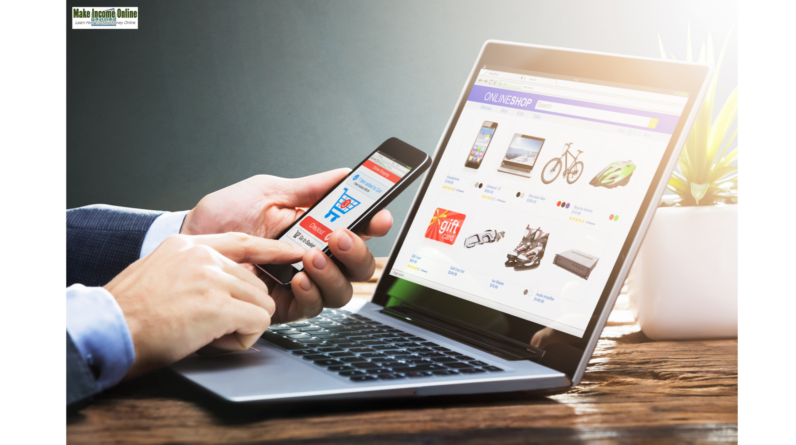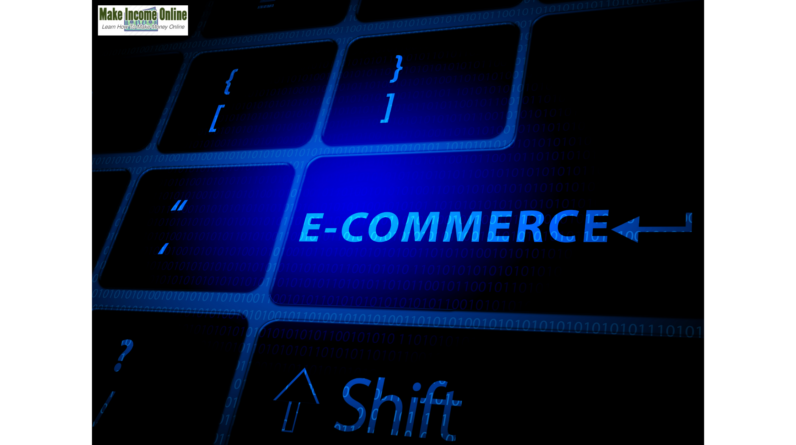
Introduction
The ecommerce industry continues to revolutionize the way we shop, making it easier for businesses to reach global audiences and for consumers to access products at their fingertips. In 2024, ecommerce is thriving more than ever, with advancements in technology and shifts in consumer behavior paving the way for endless opportunities.
In this comprehensive guide, we’ll explore the fundamentals of ecommerce, key trends, how to start your online store, and proven strategies for success. Whether you’re an entrepreneur, a small business owner, or someone looking to expand your brick-and-mortar business online, this guide will help you navigate the ecommerce world effectively.
What is Ecommerce?
Ecommerce, or electronic commerce, refers to the buying and selling of goods or services online. It encompasses a wide range of business models, including:
- B2C (Business-to-Consumer): Selling directly to individual customers (e.g., Amazon, Shopify stores).
- B2B (Business-to-Business): Selling products or services to other businesses (e.g., Alibaba).
- C2C (Consumer-to-Consumer): Platforms where consumers sell to other consumers (e.g., eBay, Etsy).
- C2B (Consumer-to-Business): Individuals sell products or services to businesses (e.g., influencers collaborating with brands).
Benefits of Online Sales
- Global Reach: Sell products to customers worldwide without geographical limitations.
- 24/7 Availability: Online stores operate around the clock, increasing sales potential.
- Lower Operational Costs: Avoid expenses like physical storefronts and reduce overhead costs.
- Personalization: Use data to create tailored shopping experiences for your customers.
- Scalability: Easily expand your business by adding new products, services, or markets.
Key Trends in Ecommerce for 2024
- Mobile Commerce Growth: With more consumers shopping on their smartphones, optimizing for mobile is essential.
- AI and Chatbots: AI-powered tools like chatbots enhance customer support and personalize shopping experiences.
- Voice Search: Voice-activated shopping through devices like Alexa and Google Assistant is on the rise.
- Sustainability: Consumers are increasingly favoring eco-friendly brands with sustainable practices.
- Social Commerce: Selling directly through platforms like Instagram, Facebook, and TikTok continues to gain traction.
How to Start Your Ecommerce Store
1. Choose a Niche
Identify a product category or industry where you can solve a problem or meet a need.
- Research Trends: Use tools like Google Trends or SEMrush to find in-demand niches.
- Evaluate Competition: Study successful competitors to identify gaps in the market.
2. Select an Ecommerce Platform
Choose the right platform to build your online store. Popular options include:
- Shopify: Beginner-friendly with customizable themes.
- WooCommerce: Ideal for WordPress users seeking flexibility.
- BigCommerce: Scalable platform for growing businesses.
- Wix: Great for small businesses and simple stores.
3. Set Up Your Store
- Domain Name: Choose a memorable and relevant domain name for your business.
- Design: Use templates or hire a designer to create an attractive and user-friendly store.
- Product Pages: Write compelling product descriptions and upload high-quality images.
4. Secure Payment and Shipping
- Payment Gateways: Integrate options like PayPal, Stripe, or Square to facilitate secure transactions.
- Shipping Solutions: Offer clear shipping options, including tracking and free shipping for incentives.
5. Market Your Store
- SEO: Optimize your site for search engines to drive organic traffic.
- Social Media: Leverage platforms like Instagram and Facebook to reach potential customers.
- Email Marketing: Build a subscriber list and send promotions to increase sales.
Ecommerce Marketing Strategies
- Content Marketing:
Create blogs, videos, or infographics that provide value and attract potential customers. - Influencer Marketing:
Collaborate with influencers in your niche to expand your reach and build trust. - Paid Advertising:
Run targeted ads on Google, Facebook, or Instagram to drive traffic to your store. - Customer Retention:
Use loyalty programs, personalized emails, and excellent customer service to retain existing customers. - Upselling and Cross-Selling:
Encourage customers to purchase complementary or higher-value products.
Common Challenges in Ecommerce
- Competition: The ecommerce space is crowded, making it essential to stand out.
- Cart Abandonment: Many customers abandon carts due to high shipping costs or lengthy checkout processes.
- Logistics: Efficient shipping and inventory management are critical for customer satisfaction.
- Data Security: Protecting customer data is crucial for building trust.
- Changing Consumer Behavior: Staying adaptable to trends and preferences is key to success.
Tools for Ecommerce Success
- Shopify Analytics: Track your store’s performance and customer behavior.
- Google Analytics: Monitor traffic, conversions, and site performance.
- Canva: Create professional visuals and marketing materials.
- Klaviyo: Use email marketing to engage and retain customers.
- Hootsuite: Manage social media campaigns and schedule posts.
Success Stories in Ecommerce
1. Gymshark
This fitness apparel brand started as a small Shopify store and grew into a global powerhouse by leveraging social media and influencer marketing.
2. Glossier
A beauty brand that thrives on user-generated content and direct-to-consumer ecommerce strategies.
3. Warby Parker
This eyewear company disrupted the traditional retail model with a home try-on program and seamless online shopping experience.
FAQs About Ecommerce
1. How much does it cost to start an ecommerce store?
Costs vary but include platform fees (starting around $29/month for Shopify), domain registration, and marketing expenses.
2. Do I need technical skills to start an ecommerce store?
No, platforms like Shopify and Wix are user-friendly and require little to no technical expertise.
3. Can I run an ecommerce store part-time?
Yes, many entrepreneurs start their stores as a side hustle before transitioning to full-time.
4. How do I drive traffic to my store?
Use a mix of SEO, social media marketing, paid ads, and email campaigns to attract customers.
5. What products sell best online?
Trending products, niche items, and everyday essentials like fashion, electronics, and beauty products perform well online.
Conclusion
Ecommerce is a thriving industry with endless potential for entrepreneurs and businesses in 2024. By leveraging the right tools, marketing strategies, and customer-focused approaches, you can build a successful online store that stands out in a competitive marketplace. Whether you’re launching a new brand or expanding an existing business, ecommerce offers a dynamic path to growth and success.








